Solve systems of equations by graphing
A system of linear equations contains two or more equations e.g. y=0.5x+2 and y=x-2. The solution of such a system is the ordered pair that is a solution to both equations. To solve a system of linear equations graphically we graph both equations in the same coordinate system. The solution to the system will be in the point where the two lines intersect.
Example
Graph the equations in a coordinate plane
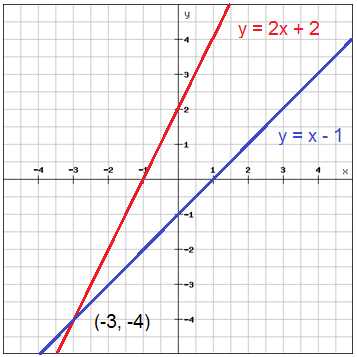
The two lines intersect in (-3, -4) which is the solution to this system of equations.
Video lesson
http://www.virtualnerd.com/algebra-2/linear-systems/graphing/solve-by-graphing/equations-solution-by-graphing
Algebra 2
Operations on Polynomials
The definition of a polynomial is not easily explained because it involves several special terms. Knowing these terms is crucial.
Definition: A polynomial is an expression composed of coefficients and variables under addition, subtraction and multiplication and exponents on those variables must be non-negative integers. This table will help you discern the difference between polynomials and non-polynomials.
| |||||||||||||||||||||||
When adding polynomials, like terms must be combined. For instance, 3c and 5c can be added to get 8c. Likewise, 3x2y and -7x2y can be added to get -4x2y. However, 5x3y and 10x2y5 cannot be added together because they do not have the same exact variables and the exact powers on those variables. Let those examples guide us regarding the following problem.      ideo: Adding Polynomials ideo: Adding Polynomials uiz: Polynomial Addition uiz: Polynomial AdditionOn this next example, care has to be taken.      ideo: Adding Polynomials ideo: Adding Polynomials uiz: Polynomial Addition uiz: Polynomial Addition | |||||||||||||||||||||||
When subtracting numbers, it is possible to change the problem to addition. Here is a case in point.         ideo: Subtracting Polynomials ideo: Subtracting Polynomials uiz: Polynomial Subtraction uiz: Polynomial SubtractionHere is another problem, but this one is in vertical form.      ideo: Subtracting Polynomials ideo: Subtracting Polynomials uiz: Polynomial Subtraction uiz: Polynomial Subtraction | |||||||||||||||||||||||
The best way to multiply polynomials is to do so using a visual organizer. We used a visual organizer in grammar school, called a multiplication table. That is exactly what needs to be used for polynomial multiplication. For example, we will multiply these binomials. [A binomial is a polynomial that has two-terms, bi–nomial.]  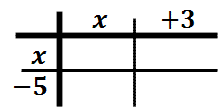 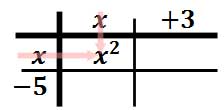 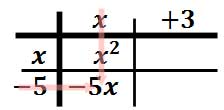 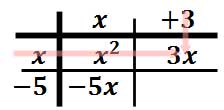 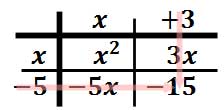 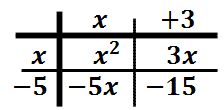 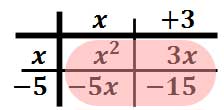 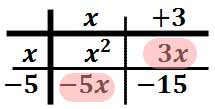    ideo: Multiplying Polynomials ideo: Multiplying Polynomials uiz: Polynomial Multiplication uiz: Polynomial MultiplicationFor our next example, we will look at a much more difficult problem. We will multiply a binomial times a trinomial.  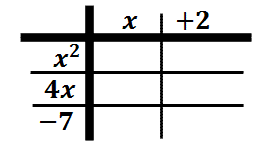 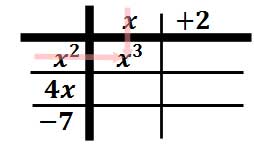 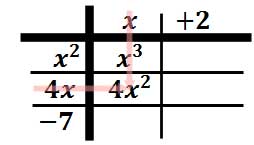 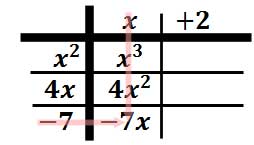 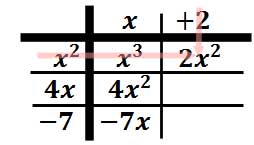 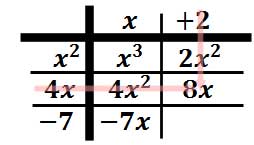 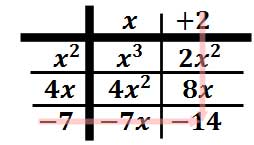 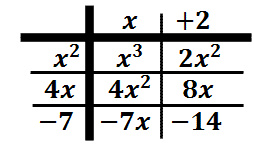 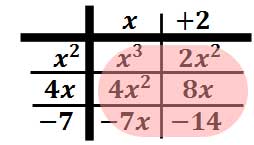 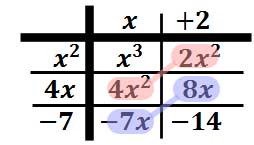   | |||||||||||||||||||||||
No comments:
Post a Comment